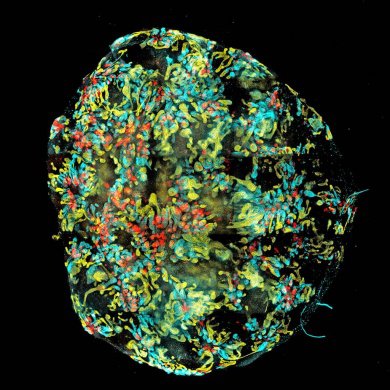Mini-kidneys Successfully Grown from Stem Cells

Complete the form below to unlock access to ALL audio articles.
Professor Melissa Little and her team first grew a mini-kidney in a dish in 2013 and were able to form two key cell types, but the team have now been able to grow an organ that forms all the different cell types normally present in the human kidney.
By adding different concentrations of growth factors at various times, researchers were able to guide the formation of the mini organ in a process that mimicked normal development. The mini-kidney the team produced is similar to the kidney of embryo developing foetus.
Researchers say the advancement will also mean they can now tweak this process to optimise the amount of each cell type present.

The breakthrough could allow the use of mini-organs to screen drugs either for the treatment of kidney disease or to find out if a new drug is likely to injure the kidney.
“The mini-kidney we have been able to grow is very complex and more like the real organ. This is important for drug testing as we hope they will respond to the drugs as a normal organ might,” Professor Little said.
“Creating a model kidney containing many different kidney cell types also opens the door for cell therapy and even bioengineering of replacement kidneys. One day this may mean new treatments for patients with kidney failure.”
Importantly, the new method means researchers can make a miniature model kidney from any person, starting with cells such as skin or blood.
“Making stem cells from patients with kidney disease, and then growing a mini-kidney that matches the patient, will help us understand that patient’s disease and develop treatments for them”.
The finding will also allow researchers to learn more about how the human kidney forms normally.



